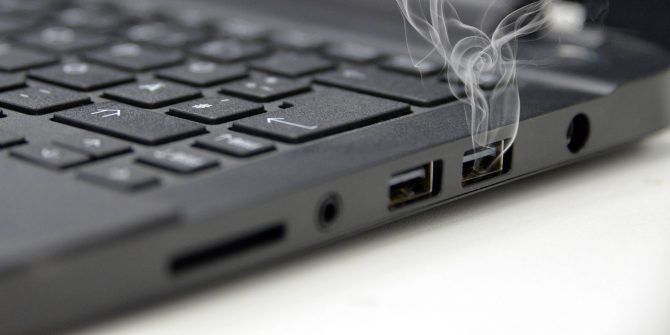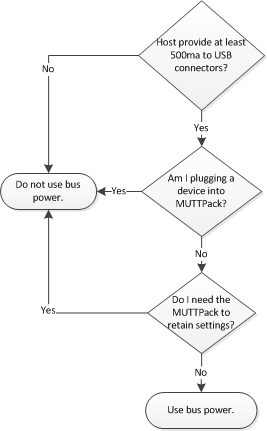Microsoft Usb Test Tool
Posted By admin On 12.12.20Describes various tools you can use to test USB devices and drivers.
The tool is included in the MUTT Software Package. USB client driver verifier. This topic describes the USB client driver verifier feature of the USB 3.0 driver stack that enables the client driver to test certain failure cases. USB hardware verifier (USB3HWVerifierAnalyzer.exe). To solve all these USB related issues faced by the users of Windows, Microsoft has released a tool called USB Fix It, which automatically diagnoses and repairs all common USB device related problems on your system. Keep reading to find out more about USB Fix It. In the search box on the taskbar, enter device manager, then select Device Manager.; Select a category to see names of devices, then right-click (or press and hold) the one you’d like to update.
In this section
| Topic | Description |
|---|---|
/doctor-who-episode-list.html. MuttUtil performs various tasks on MUTT devices.
MuttUtil is embedded in the installation section of the included test scripts to ensure that the test device is properly upgraded to latest firmware. The tool is included in the MUTT Software Package. | |
This topic describes the USB client driver verifier feature of the USB 3.0 driver stack that enables the client driver to test certain failure cases. | |
This topic describes the USB hardware verifier tool (USB3HWVerifierAnalyzer.exe) that is used for testing and debugging specific hardware events. | |
The USBLPM tool monitors the U0/U1/U2/U3 power states of USB 3.0 ports. It can also be used to verify that transitions between U0/U1/U2 occur correctly. In addition, the tool can enable or disable U1 and/or U2 states on all devices in the system. | |
USBStress is the combination of a user-mode application (usbstress.exe) and driver installation package for the kernel-mode driver, usbstress.sys. | |
USBTCD is the combination of a user-mode application and kernel-mode driver. The tool performs read and write operations. It initiates control, bulk, isochronous, data transfers of various transfer lengths to and from the test device. For a SuperMUTT device, USBTCD transfers data to streams supported by a bulk endpoint. It can also send the transfer buffer as chained MDLs. In that case, you can specify the number of segments in the transfer buffer. | |
XHCIWMI is a tool for diagnostic purposes. This tool only runs on Windows 8 and gathers information when the device is attached to an xHCI port and Windows loads the Microsoft USB 3.0 driver stack. |

Microsoft Usb Test Tool Free
Related topics
Download the Windows 10 ISO directly, then use Rufus to create a bootable copy:
Step 1:
Go to: https://www.microsoft.com/en-us/software-download/techbench
Before you begin
Make sure you have:
- An internet connection (internet service provider fees may apply).
- Sufficient data storage available on a computer, USB or external drive for the ISO downloads and scripts.
- 16GB or Greater USB Flash Drive for use on low disk space systems.
- Micro-USB Adapter for using media on Tablets.
Click in the Select edition list box and choose your edition, Windows 10 contains both installation files for Home and Professional allowing you to select either edition during setup. Choose that, click confirm and wait while the option is validated. Do not refresh the page. If you are running Windows 8.1 with Bing edition, please make sure you select Windows 10 SL.
Only select Windows 10 N if you live in Europe, please note it does not contain Windows Media Player.
Click in the list box then select your language then click confirm and wait while the option is validated. Do not refresh the page.
Click your desired architecture then click save.
Follow the instructions to use either the Microsoft .iso to USB/DVD tool , Rufus or the Disc Image burning utility in Windows 7 or later to prepare the .ISO file. You can also mount the .ISO file in Windows 8 or later then perform an upgrade.

If your computer is UEFI based, these are normally systems that come pre-loaded with Windows 8 or later, you will need to prepare the ISO file for such a configuration or you will receive an error message during setup. The thumbdrive needs to be formatted as FAT32 and use the GPT partitioning scheme. To do this, you need to use Rufus, a small tool you can download for free.
Rufus - credit: Pete Batard/Akeo
Sandisk Usb Test Tool
After you have installed Rufus:
Microsoft Usb Test Tool Download
- Launch it
- Select ISO Image
- Point to the Windows 10 ISO file
- Check off Create a bootable disk using
- Select GPT partitioning for EUFI firmware as the Partition scheme
- Choose FAT32 NOT NTFS as the File system
- Make sure your USB thumbdrive in the Device list box
- Click Start
- Close when complete